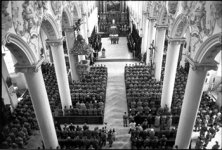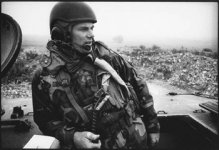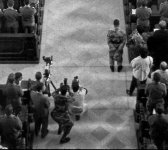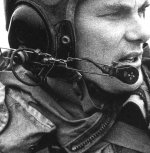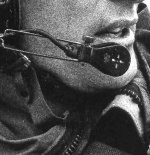David Murphy
Veteran
Just tested my W-Nikkor-C 28mm F3.5 for Leica Thread Mount and I thought the results might be of interest. This lens is fairly common in Nikon rangefinder mount, but a little less so in LTM. The classic camera literature says 10,000 were made in all mounts.
I know a little about my particular example since I talked to the second owner (and from whom I bought it) who had owned it since 1953. He bought it from his friend in 1953, who had purchased it in Japan in 1952. His Japanese travelling friend also had a tour of the Nikon factory. Apparently Nikon was just all the rage among the Asia travelling set in 1952 🙂
The the first photo shows the hardware used, my trusty Bessa-R with a Canon 28mm finder. The film was recently expired Kodacolor Gold 200. The setting is the CalTech Campus in Pasadena, famed for its beautiful gardens and interesting architecture. Most of the photos are between F11 and F22 -- no atempt to probe the entire range of the lens, just a basic sort of not-to-scientific field test. I put fresh batteries in the Bessa and obeyed the TTL meter (it's a good one!).
The Kodacolor was processed by the local pharmacy and the negatives scanned on my Minolta Dimage IV film scanner. The only edits to the photos were mostly minor cropping, dust/scratch removal, and very small tweaks of color balance and exposure -- no sharpening!
Comments on the lens performance are welcome. I don't claim to be a serious photographer, so please don't bash the composition (etc.) -- this is basically a lens test.
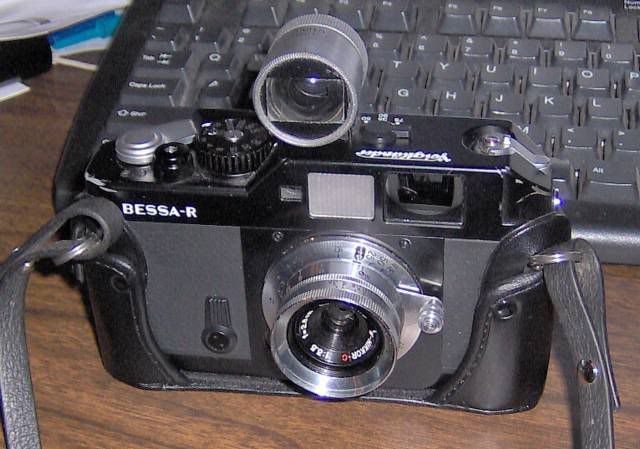
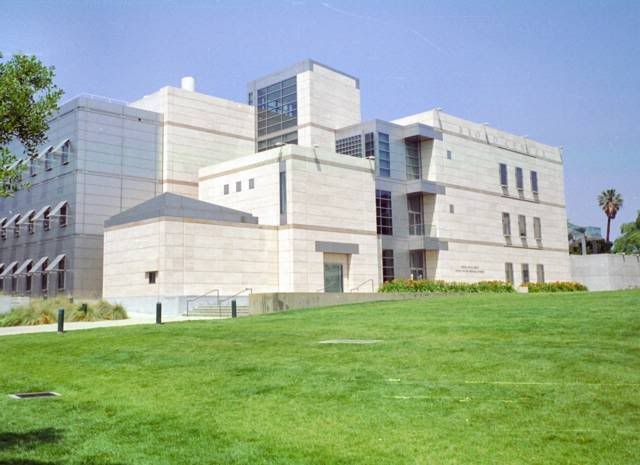
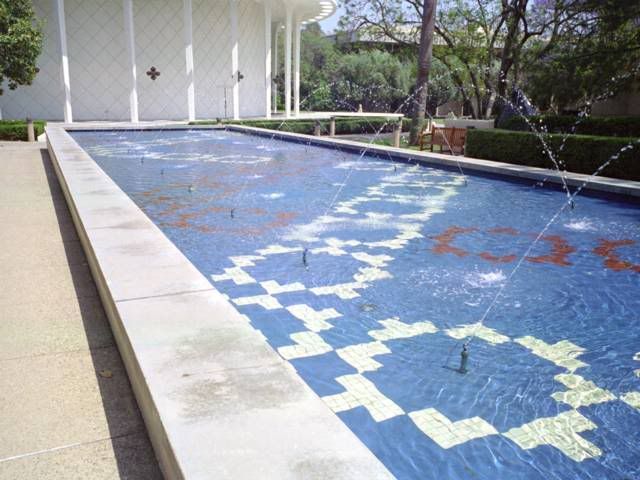

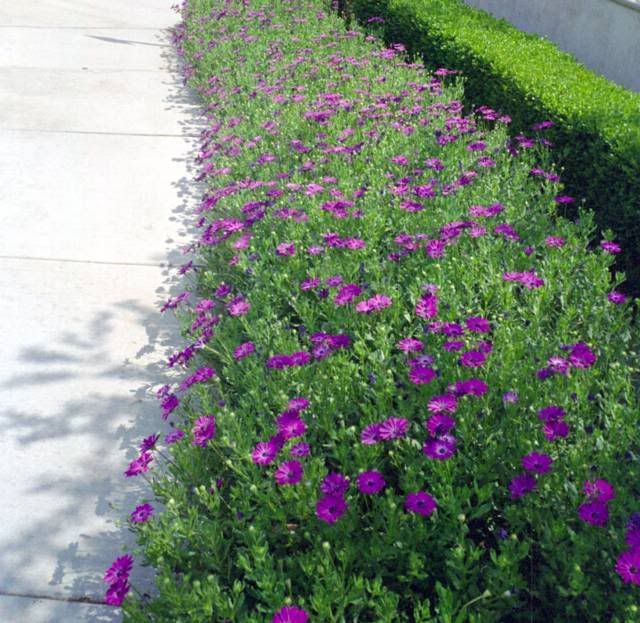
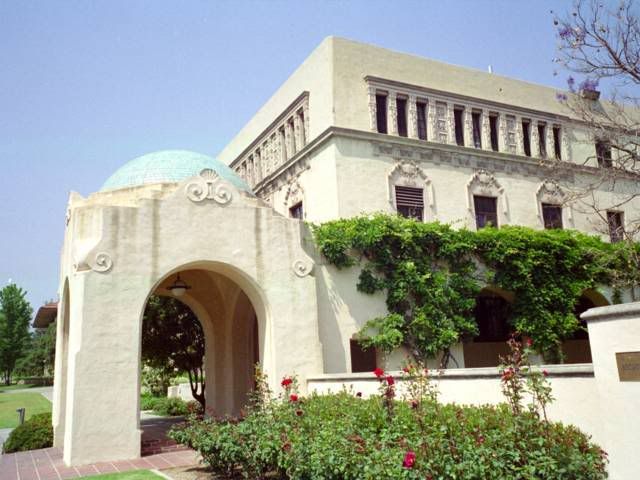
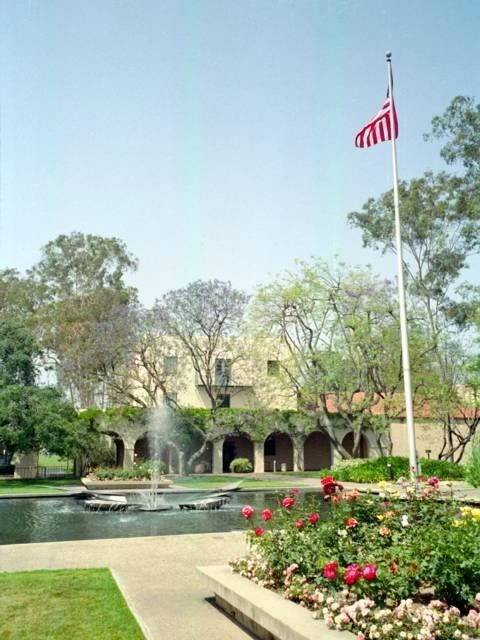

I know a little about my particular example since I talked to the second owner (and from whom I bought it) who had owned it since 1953. He bought it from his friend in 1953, who had purchased it in Japan in 1952. His Japanese travelling friend also had a tour of the Nikon factory. Apparently Nikon was just all the rage among the Asia travelling set in 1952 🙂
The the first photo shows the hardware used, my trusty Bessa-R with a Canon 28mm finder. The film was recently expired Kodacolor Gold 200. The setting is the CalTech Campus in Pasadena, famed for its beautiful gardens and interesting architecture. Most of the photos are between F11 and F22 -- no atempt to probe the entire range of the lens, just a basic sort of not-to-scientific field test. I put fresh batteries in the Bessa and obeyed the TTL meter (it's a good one!).
The Kodacolor was processed by the local pharmacy and the negatives scanned on my Minolta Dimage IV film scanner. The only edits to the photos were mostly minor cropping, dust/scratch removal, and very small tweaks of color balance and exposure -- no sharpening!
Comments on the lens performance are welcome. I don't claim to be a serious photographer, so please don't bash the composition (etc.) -- this is basically a lens test.








Last edited:




